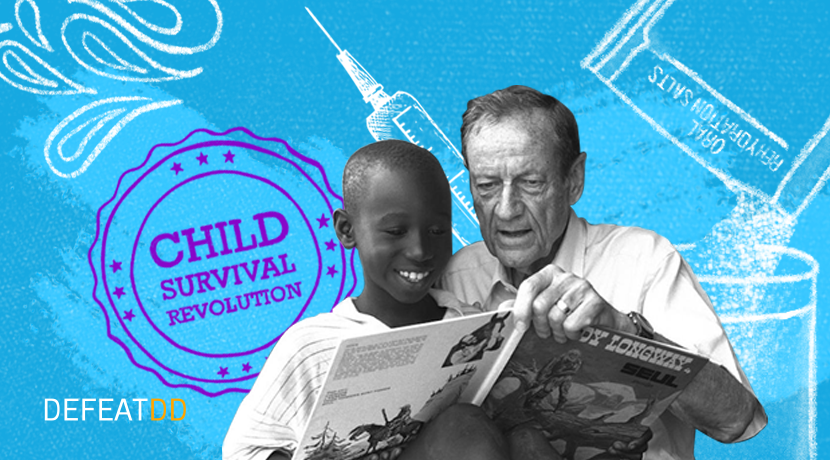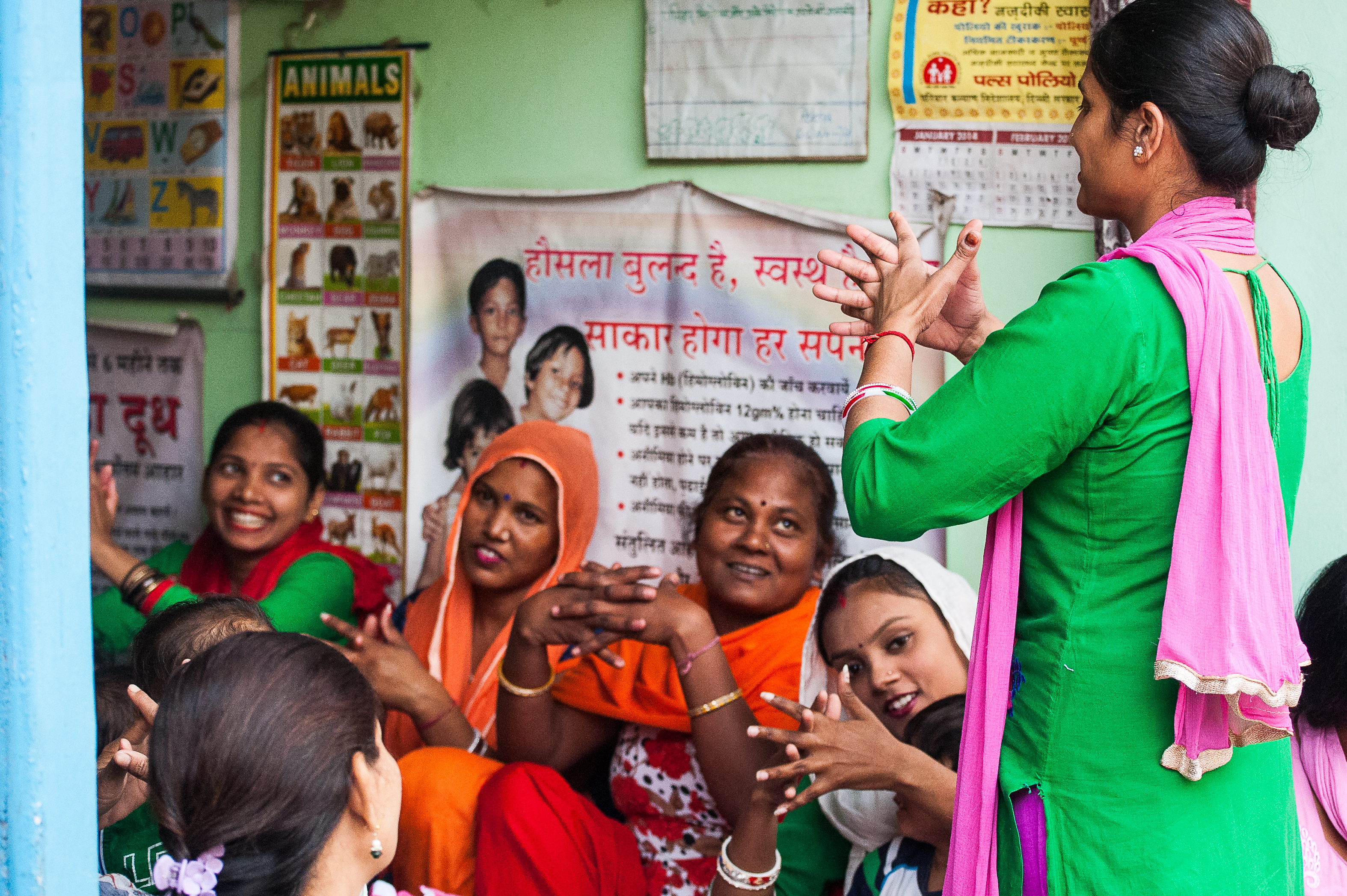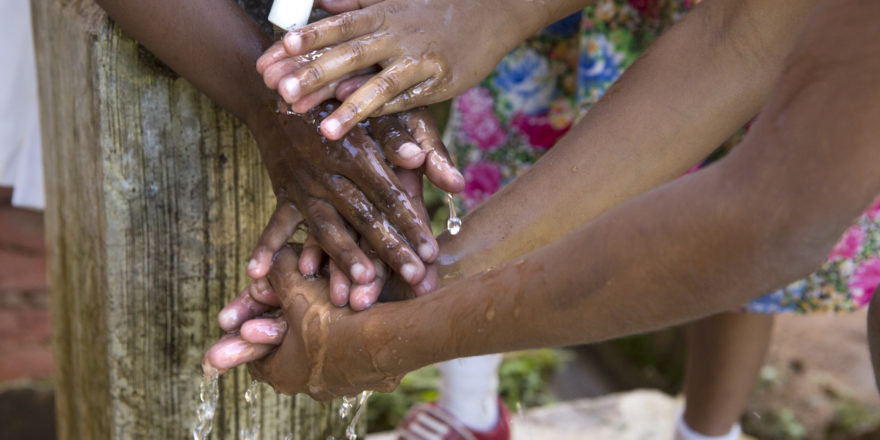Early estimates of the indirect effects of the COVID-19 pandemic on maternal and child mortality in low-income and middle-income countries: a modelling study
Although mortality rates for COVID-19 appear to be low in children and in women of reproductive age, these groups might be disproportionately affected by the disruption of routine health services, especially childbirth care and essential medicines, according to estimates published in The Lancet Global Health.
In children, an increase in wasting prevalence would account for 18–23% of additional deaths, depending on the scenario, while reduced coverage of antibiotics for pneumonia and neonatal sepsis and of oral rehydration solution for diarrhea would together account for around 41% of additional child deaths.
Study authors share three key takeaways:
1. Policymaker responses to the pandemic will have consequences for maternal and child health. These estimates provide a reference point for the public health case for ensuring access to routine care.
2. Not all health interventions are similarly susceptible to disruption or have the same effect. The disruption of essential medicines for children cannot be made up for later.
3. The drivers of wasting might lie outside of the health system, but if wasting does increase, it will contribute greatly to child mortality. Health policymakers should thus consider nutrition interventions, such as ready-to-use therapeutic foods.













